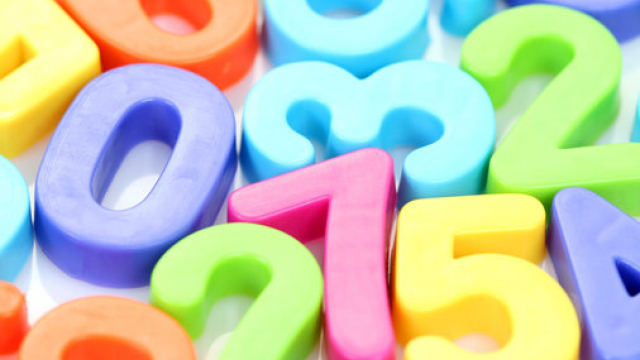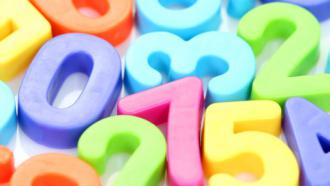There are four three-digit n...
There are four three-digit numbers that share this property: the number itself, its double and its triple contain each digit from 1 to 9 exactly once. For example, 192 is one of them because 192, 384, 576 contain 1 to 9 each once. 273 is another one of them because 273, 546, 819 contain 1 to 9 each once. Can you find the other two numbers and calculate the product of these two numbers?
A man walks into a bar and orders a free drink
The man then whispers "I have a 10 inch pianist in my pocket, and he can play a little jig for you. If I can prove that, can I get the drink then?"
The bartender ponders, but then agrees. The man pulls out the pianist, and he plays "The Entertainer" before hopping back in the man's pocket. Baffled, the bartender gives him the promised free drink.
The man whispered "I also have a magic Genie, who was the one that gave me this pianist. If I let him grant you one wish, can I get another free drink?"
The bartender, already in shock over the tiny piano man in his pocket, agrees. The man pulls out a lamp, and out comes a Genie, ready to grant wishes.
The bartender exclaims "I want a million bucks!" And all of a sudden, a million ducks enter the bar.
"Ducks?! I didn't want ducks!" The bartender shouts. The man looks at him, dead in the eyes and says "You think I wanted a 10 inch pianist?"

